Table of Contents
The UNESCO Sites in Bolivia have resulted in recognition 7 cultural and natural landmarks as UNESCO World Heritage Sites in Bolivia and 5 locations on the Bolivia UNESCO tentative list. These tourist sites in Bolivia are acknowledged for their unique and valuable cultural, natural, artistic, and historical significance and are preserved for future generations to enjoy.
In addition to these 7 sites on the Bolivia UNESCO list, many other places to travel to Bolivia are being considered for UNESCO recognition. These sites, listed on the tentative list, showcase the country’s rich cultural heritage and are waiting for approval to join the prestigious and famous World Heritage Sites list.
To help visitors discover these remarkable Bolivia tourist attractions, we have assembled an interactive map of the UNESCO sites in Bolivia.
Bolivia UNESCO Map
Click markers to show information and photo.
World Heritage Sites in Bolivia
UNESCO World Heritage Sites in Bolivia
There are 7 UNESCO World Heritage Sites in Bolivia. All of these three sites are listed under the Cultural category.
- City of Potosí
- Fuerte de Samaipata
- Historic City of Sucre
- Jesuit Missions of the Chiquitos
- Qhapaq Ñan, Andean Road System
- Tiwanaku: Spiritual and Political Centre of the Tiwanaku Culture
- Noel Kempff Mercado National Park
UNESCO World Heritage Sites in Bolivia are protected locations for their cultural and natural importance.
City of Potosí
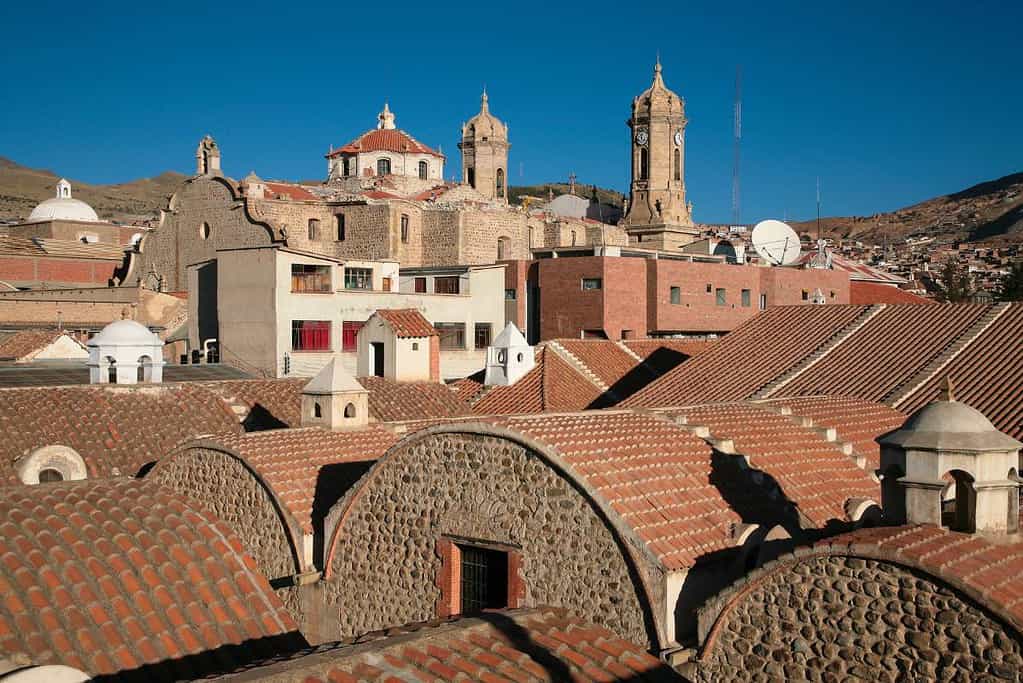
The City of Potosí is a UNESCO World Heritage Site located in Bolivia. The city was founded in the 16th century following the discovery of silver deposits in the surrounding mountains. It became one of the wealthiest and largest cities in the world at that time, attracting settlers from across Europe and Asia. The city’s architecture reflects its rich history, with examples of Spanish colonial and indigenous styles. The city is also home to several notable landmarks, including the Cerro Rico, a mountain that was the source of the silver deposits, and the Casa de la Moneda. This mint produced coins for the Spanish Empire. Today, the City of Potosí remains an important center of culture and history in Bolivia and a must-visit destination for anyone interested in colonial architecture and South American history.
Fuerte de Samaipata
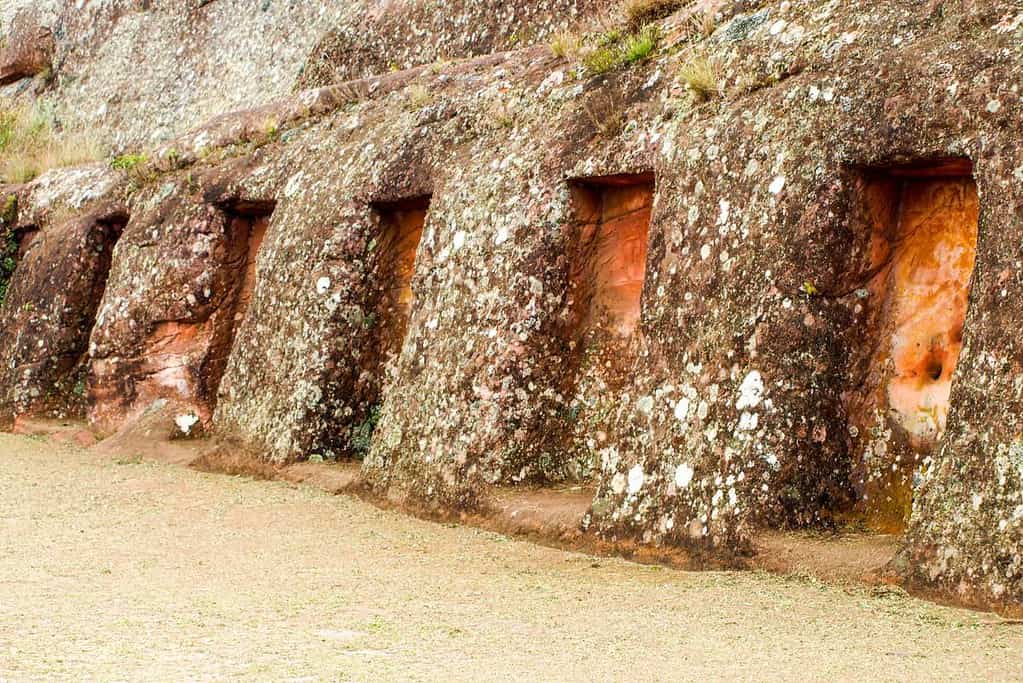
The Fuerte de Samaipata is a UNESCO World Heritage Site located in the eastern lowlands of Bolivia. It is a unique archaeological site that features the ruins of an ancient pre-Columbian city and an elaborate rock sculpture that dates back to the 1st millennium CE. The site is known for its intricate stonework and carvings, which feature a variety of religious, mythological, and astronomical symbols. The site has been the subject of much speculation and debate over its original purpose, with theories ranging from a military fortress to a religious center. Today, the Fuerte de Samaipata remains one of Bolivia’s most fascinating and mysterious archaeological sites, attracting visitors worldwide who marvel at its beauty and contemplate its meaning.
Historic City of Sucre
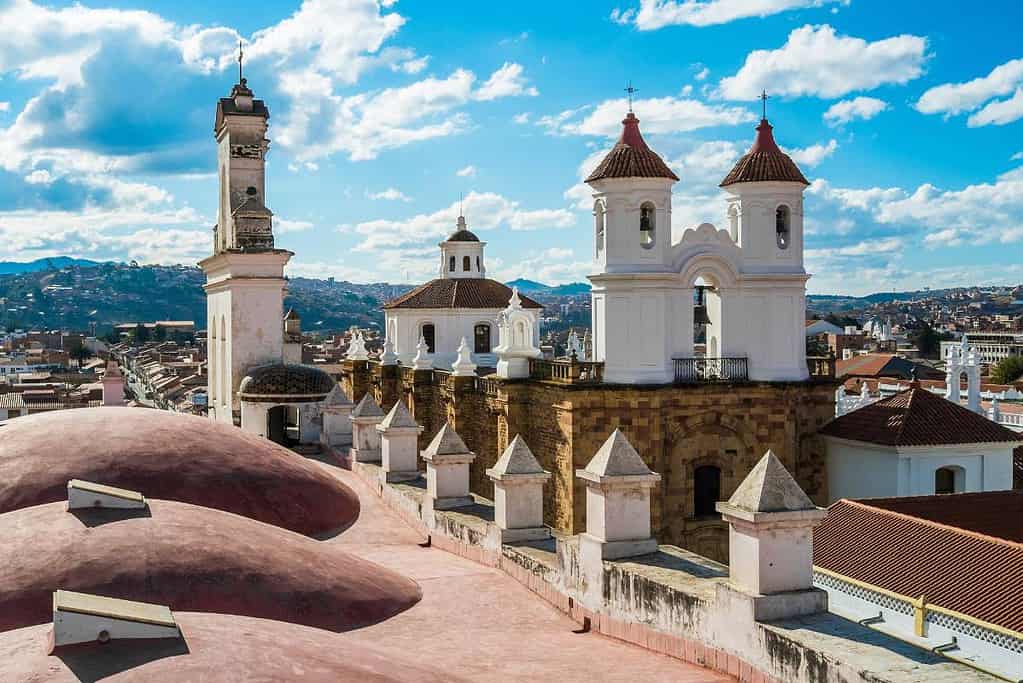
The Historic City of Sucre is a UNESCO World Heritage Site located in the capital city of Bolivia. The city was founded in the 16th century and is home to many colonial-era buildings, many well-preserved. Some of the city’s highlights include the Casa de la Libertad, Bolivia’s declaration of independence site, and the Recoleta Convent. This beautiful colonial-era monastery is now home to a museum. Visitors can also explore the city’s many beautiful churches, such as the Metropolitan Cathedral, which features stunning baroque architecture and artwork. The Historic City of Sucre is a must-visit destination for anyone interested in the history and architecture of colonial-era Latin America.
Jesuit Missions of the Chiquitos
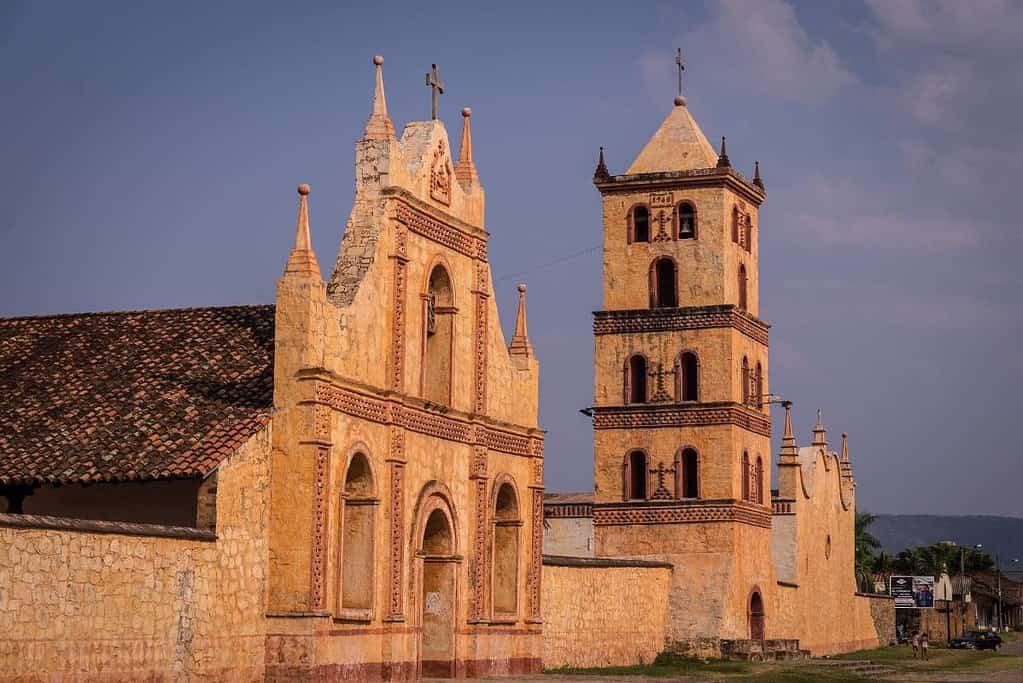
The Jesuit Missions of the Chiquitos is a UNESCO World Heritage site in eastern Bolivia. The site includes six Jesuit mission churches built in the 17th and 18th centuries in the Chiquitania region. The churches are known for their unique fusion of European and indigenous styles, vibrant colors, intricate carvings, and detailed frescoes. The mission churches also served as important cultural and religious centers for the indigenous people in the region, and they played a significant role in developing the local culture and art. The Jesuit Missions of the Chiquitos is an exceptional example of the Jesuits’ commitment to evangelizing and educating the indigenous peoples of the Americas.
Qhapaq Ñan, Andean Road System
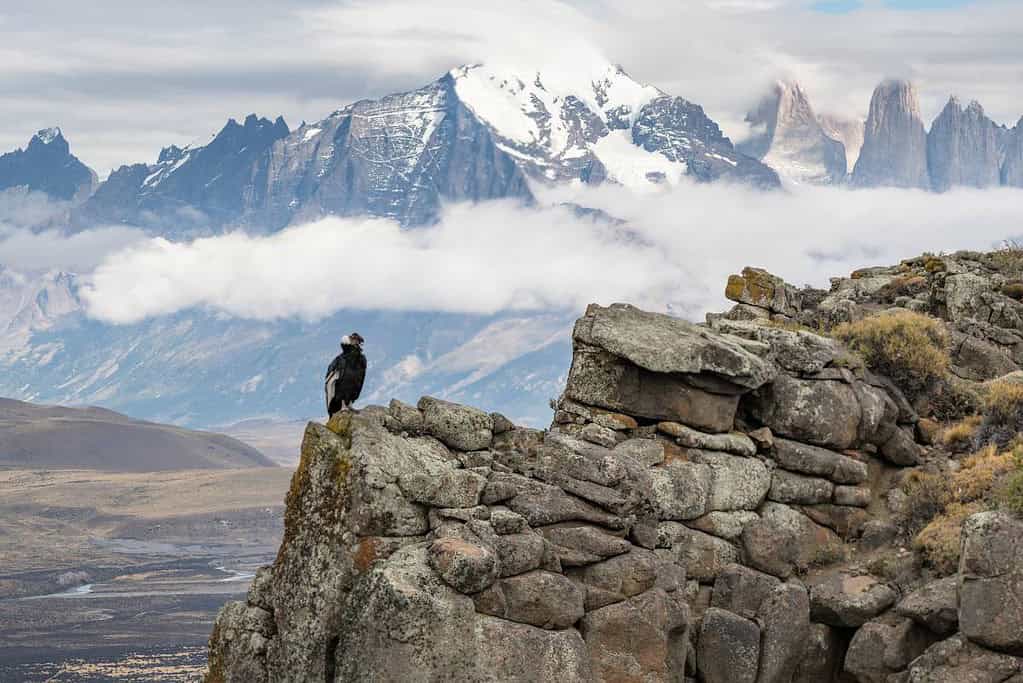
Qhapaq Ñan, Andean Road System is a UNESCO World Heritage site in Bolivia. It is an extensive network of roads and trails that stretches over 30,000 kilometers and connects various parts of the Andean region of South America. The road system dates back to the Inca Empire and was used for transportation, communication, and trade. The system includes a range of structures, such as bridges, tunnels, and forts, and provides insight into the history, culture, and engineering prowess of the Inca civilization. The site is an important testament to the Inca’s ability to adapt to and shape their natural environment. It is a must-visit destination for anyone interested in ancient history and engineering.
Tiwanaku: Spiritual and Political Centre of the Tiwanaku Culture
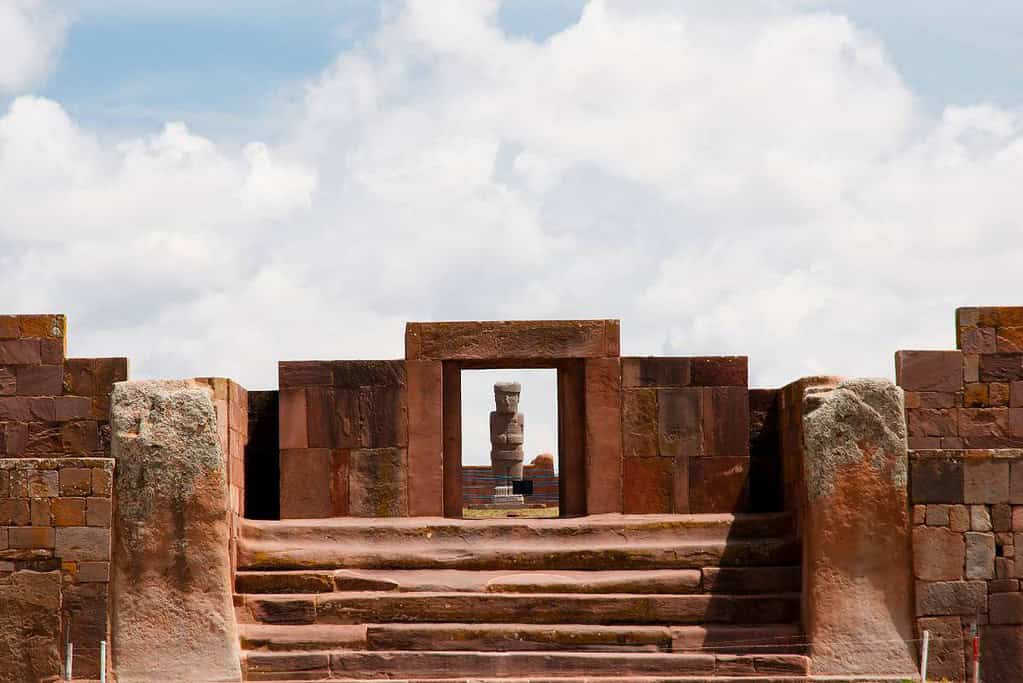
The Tiwanaku: Spiritual and Political Centre of the Tiwanaku Culture is a UNESCO World Heritage Site near Lake Titicaca in Bolivia. It is an archaeological site that showcases the remains of a pre-Columbian civilization that flourished from the 5th to the 12th centuries. The site is home to impressive structures such as the Akapana Pyramid, the Kalasasaya Temple, and the Sun Gate. The Tiwanaku Culture was a spiritual and political center that played an important role in the Andean region’s history and cultural development. Today, the site provides valuable insight into the civilization’s architecture, religion, and daily life, making it a must-visit destination for anyone interested in ancient history and culture.
Noel Kempff Mercado National Park
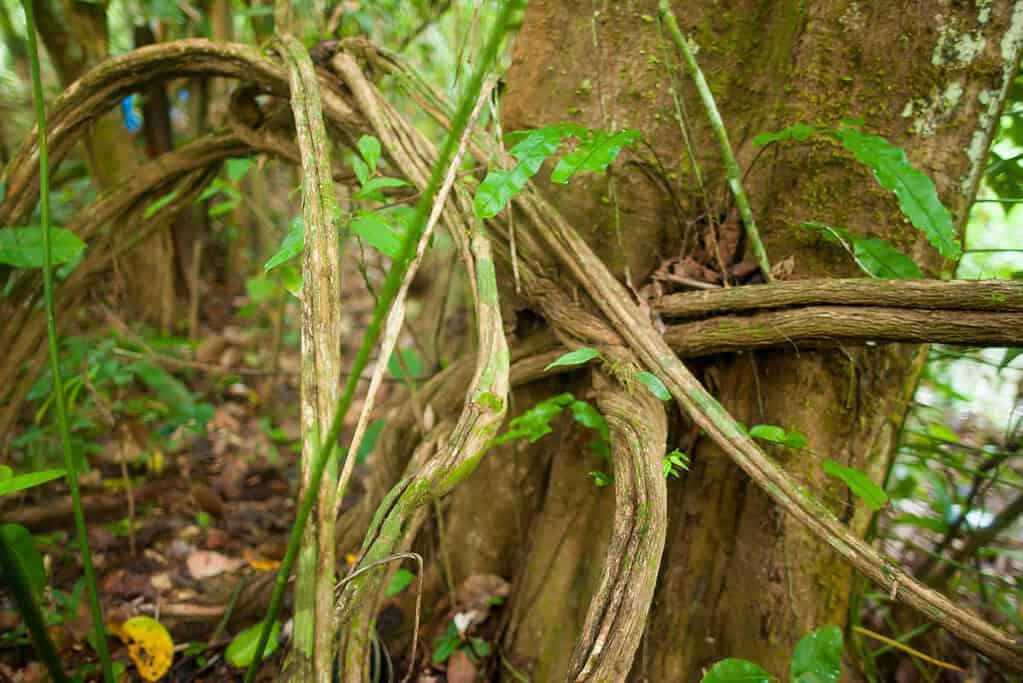
Is a UNESCO World Heritage site located in the northeast corner of Bolivia, near the border with Brazil. The park is home to diverse ecosystems, including tropical rainforests, savannas, and wetlands, and is known for its exceptional biodiversity. The park is home to over 4,000 species of plants and animals, including several endangered species such as the giant otter and the harpy eagle. The park is also home to several ancient archaeological sites, including the ruins of pre-Columbian settlements and petroglyphs. Noel Kempff Mercado National Park is a must-visit destination for anyone interested in exploring the beauty and history of Bolivia’s natural heritage.
Bolivia UNESCO tentative list
- Sajama National Park
- Pulacayo, Industrial Heritage Site
- Incallajta, the largest Inca site in the Kollasuyo
- Cal Orck’o: Footprints of time
- Sacred Titicaca Lake
Tours in Bolivia
Our choices of tours in Bolivia are divided into thematic features such as Salar de Uyuni, La Paz, and the Lake Titicaca Experience.
